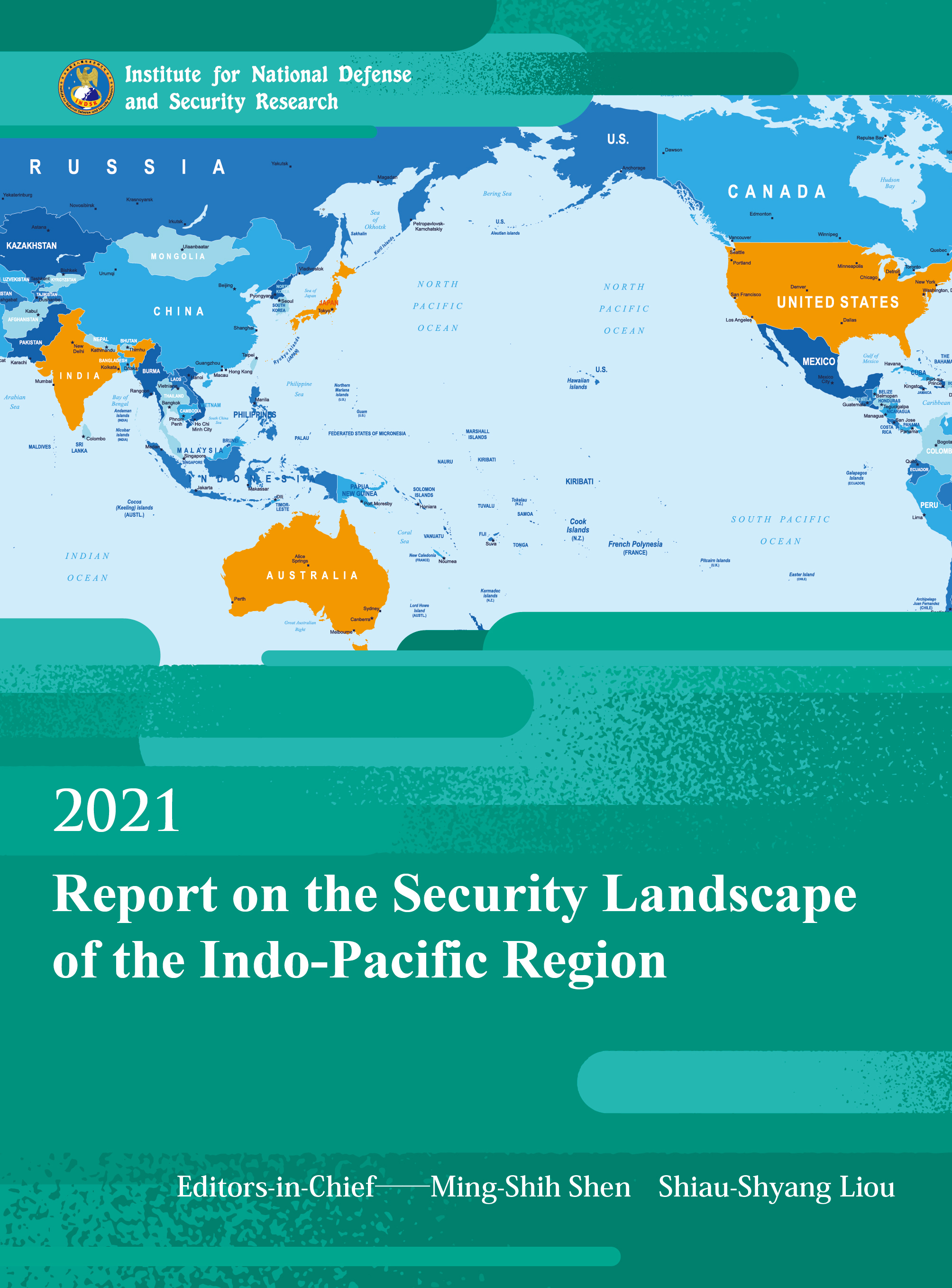Chapter 7 The Southeast Asian Dimension of Japan’s Indo-Pacific Strategy
2022.06.07
Views
553
Introduction
Whether as a member of the Quadrilateral Security Dialogue (QUAD) or as one of the world’s first significant countries to demonstrate the importance of the Indo- Pacific region and develop an Indo-Pacific Strategy, Japan’s role in Indo-Pacific regional security affairs has become increasingly important. Japan has long adhered to the principle of “exclusive defense,” focusing on its military security to avoid raising suspicions of a resurgence of militarism in neighboring countries and to focus on economic development. However, as Japan rose to become an economic power and faced dramatic changes in the international situation, such as the end of the Cold War in the late 1980s, the turmoil in the Middle East in the early 1990s, and the sudden rise of tensions in the Taiwan Strait in the latter part of the same decade, Japan adjusted its foreign policy to ensure its national security and maintain stability in its neighborhood.
Southeast Asia has always been of great importance to Japan’s national security. During the Meiji period, Japan regarded it as a “line of interest” for its national interests and put forward the “Southward Expansion Theory” to enter Southeast Asia. After World War II, the Japanese government revealed the Fukuda Doctrine in 1977 to return to Southeast Asia, which had been invaded by Japan, as a gesture of peace and equality. In the 21st century, the Abe administration proposed the Abe Doctrine, which re-emphasized Japan’s importance to Southeast Asia and made it Japan’s new diplomatic policy. In particular, the Abe government proposed its Free and Open Indo-Pacific concept in 2016, with Southeast Asia as a target region for its realization
Taiwan is geographically linked to Japan in the north and Southeast Asia in the south and its northern and southern neighbors naturally constitute Taiwan’s external security environment. The DPP government has formulated the “New Southward Policy”, which covers a vast geographical area from South Asia in the West to Oceania in the East, and Southeast Asia is located at the center of this area. This article aims to observe the critical developments in Japan’s relations with Southeast Asia over the past year that have security implications and analyze their strategic implications and implications for Taiwan.


